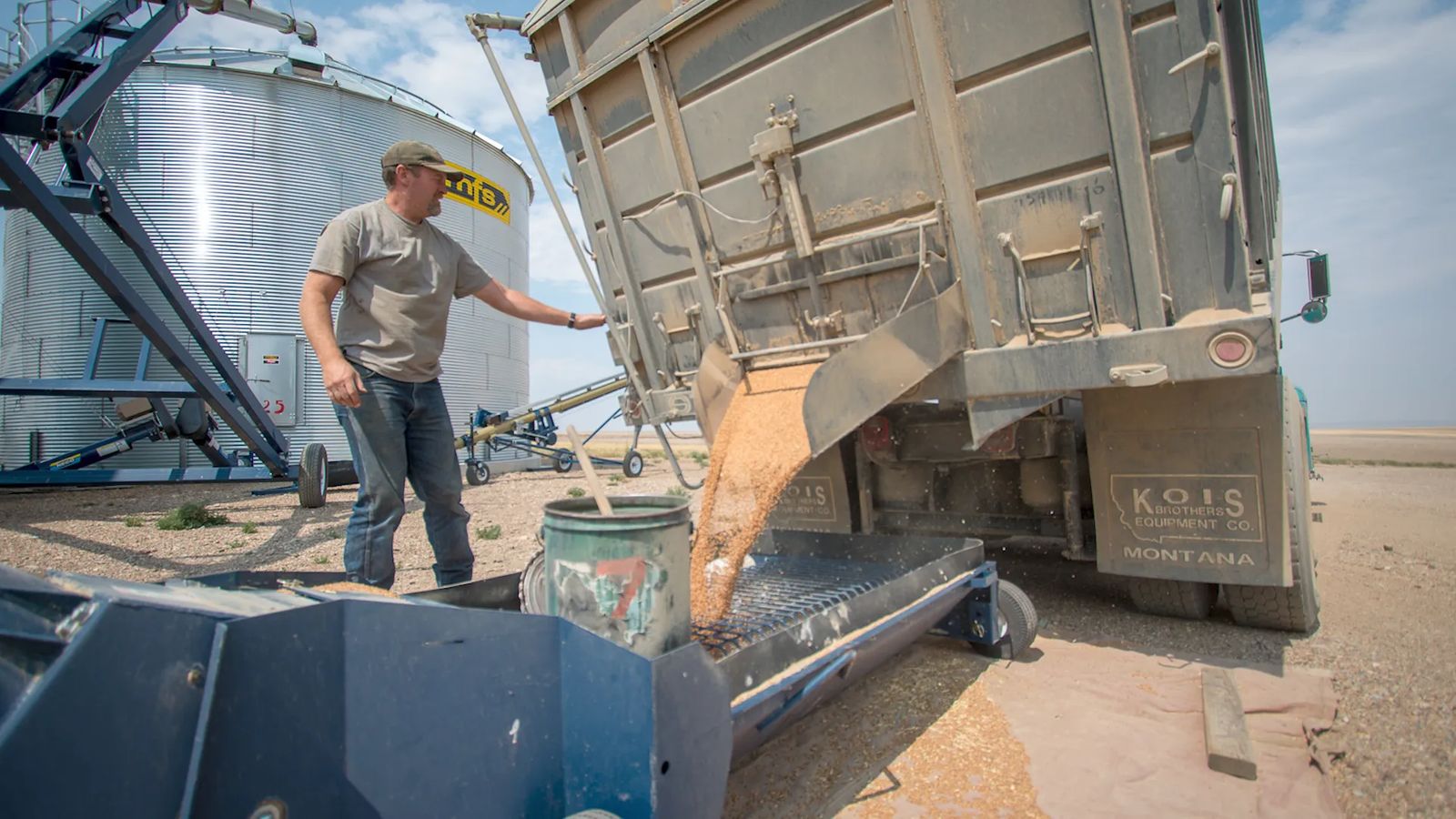
Grain Bin Safety Week Highlights Dangers, Accident Prevention
April 13, 2020
To raise awareness about the hazards in the grain handling industry ‒ including potentially deadly engulfment ‒ the U.S. Department of Labor’s Occupational Safety and Health Administration (OSHA) is joining with industry leaders and safety professionals nationwide for the Stand Up4 Grain Safety Week, April 13-17, 2020.
According to OSHA, grain handling safety is of particular concern this spring, as heavy rains in 2019 contributed to record floods across the central U.S., causing unprecedented delays in planting crops and resulting in the fall harvest being stored with a high moisture content increasing the possibility of grain clumping and molding. This may cause workers to enter bins to clear crops from sidewalls and augers to allow the grain to flow from the storage bin. Similar weather conditions in 2009 resulted in record numbers of injuries and deaths in the industry in 2010.
In Montana, Floweree wheat farmer Jess Bandel noted that grain bin safety tops the list for all farmers—even though there are some regional distinctions. “Safety is different in wheat country than in corn country because we generally don’t have to be inside of our bins when they’re full,” he said, explaining that corn farmers need to be in their bins more often because of the mechanisms inside a corn bin.
The greatest danger is bridging grain, which means there may be undetected large holes underneath a crusted top.
“Think of it like walking on top of a snow drift. You might be easily walking on crusted snow, then suddenly fall into a crater the size of a pick-up truck. Once you fall, the snow piles in a buries you. It’s the same with grain. Once you are buried to your waist, you can’t move,” Bandel cautioned.
“The basic rule is stay out of the bin,” the Chouteau County Farm Bureau President said. “If you have to go in, team up with someone and have a rope and harness. Be sure to disable any mechanism to ensure nobody starts the equipment while you are in the bin. The most important safety precaution is not go in the bin alone. That’s hard for farmers because we often work alone and we don’t want to bug our wife or a neighbor, so you go in alone. Those are the deadliest grain bin accidents, when nobody even knows you’re in trouble.”
The Bandel Farm has bins ranging from 4,000-20,000 bushels, although the newer bins are topping the 60,000 bushels capacity. All those bins need cleaned. One way to clean is with a grain vacuum and the other is a sweep auger.
“When using a sweep auger, always make sure safety shields are in place, the kids aren’t around and never reach over an auger. The biggest danger with a sweep auger is getting caught in it, which happened to my dad in 1998. My dad ordered his first grain vac when he was sitting in a wheel chair because of that auger accident,” Bandel said. “Grain vacs produce very little dust inside the bin and won’t hurt you. The biggest safety precaution with a grain vac is to wear ear plugs. As with anything, take your time. Don’t be in a rush—that’s when accidents happen.”
Bandel gives the thumbs up to county fire departments, including the Big Sandy VFD, who are purchasing equipment and conducting trainings for grain bin entrapment rescues.
Grain Safety Week seeks to increase awareness of worker protection by focusing on grain-handling hazards and taking advantage of available training tools to implement best practices and effective safety and health programs. The Grain Handling Safety Coalition (GHSC) has scheduled a series of webinars to promote virtual participation in Stand Up4 Grain Safety Week activities. Topics include maintenance, machine guarding, safe bin entry and fall safety.
Source: Montana Farm Bureau Federation










